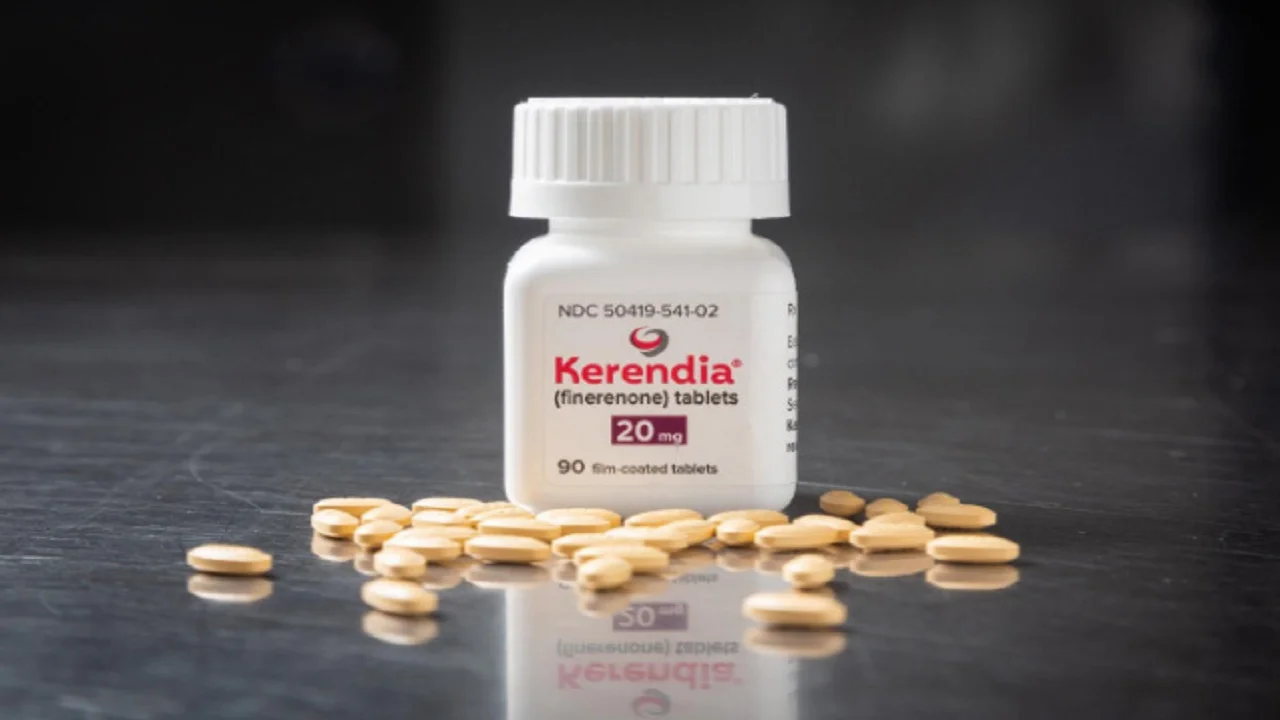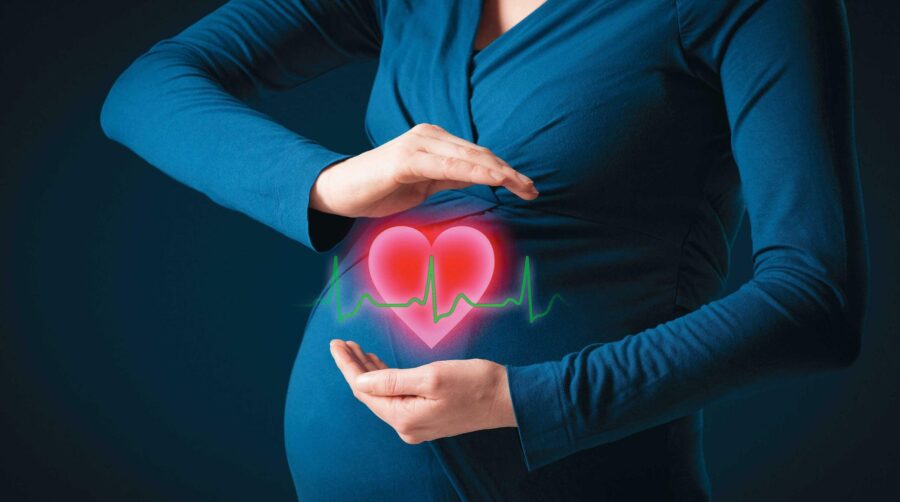
Chest pain
Assessment scores:
- NYHA score
- Goldman’s specific activity scale
- Canadian Cardiovascular society classification for Angina
Types of Angina:
| Class I | No limitation of ordinary physical activity. Ordinary physical activity, such as walking and climbing stairs does not cause angina. Only strenuous or prolong exertion causes angina. |
| Class II | Slight limitation of ordinary physical activity. Ordinary physical activity causes angina, such as: Walking or climbing stairs rapidly.Walking uphill.Walking or climbing stairs after meals.Walking in cold, in wind.Walking more than two blocks on the level (one block distance is 100 m). Climbing more than one flight of ordinary stairs at a normal pace and under normal conditions or when under emotional stress. |
| Class III | Marked limitation of ordinary physical activity. Less than ordinary physical activity causes angina, such as: Walking <2 blocks on the level or Climbing one flight of stairs under normal conditions. |
| Class IV | Inability to do on any physical activity without discomfort and anginal syndrome may be present at rest. |
- Typical Angina(Stable angina): All 3 must be present:
- Substernal chest discomfort with a characteristic quality like heaviness, pressure, or squeezing and lasts for 2-5 minutes
- Provoked by exertion or emotional stress
- Relieved by rest or nitroglycerine
Atypical Angina: Any 2 of above features
Noncardiac chest pain: Any 1 or none of above features
2. Unstable angina: Angina pectoris or equivalent ischemic discomfort with at least one of three features:
- At rest (or with minimal exertion), usually lasting >10 min;
- New onset (i.e., within the prior 4–6 weeks); and/or
- A crescendo pattern (i.e., distinctly more severe, prolonged, or frequent than previously)
Mechanism:
- Most commonly caused by a reduction in oxygen supply and/or by an increase in myocardial oxygen demand superimposed on an atherosclerotic coronary plaque, with varying degrees of obstruction
- Disruption of an unstable coronary plaque due to plaque rupture, erosion, or a calcified protruding nodule that leads to intracoronary thrombus formation and an inflammatory response;
- dynamic obstruction – coronary arterial vasoconstriction
- progressive mechanical obstruction [e.g., rapidly advancing coronary atherosclerosis or restenosis following percutaneous coronary intervention (PCI)];
3. Prinzmetal’s variant angina: A syndrome of ischemic pain that occurs at rest but not usually with exertion and is associated with transient ST-segment elevation. The syndrome is due to focal spasm of an epicardial coronary artery, leading to severe myocardial ischemia.
4. Linked angina: an episode of angina in patients with established CAD caused by stooping or occurs after meals(GERD). Esophageal acid stimulation decreases the coronary blood flow which can cause angina.
5. Micro vascular angina(Syndrome X): Abnormal constriction or failure of normal dilation of the coronary resistance vessels also can cause ischemia.
6. Secondary Angina: related to increased myocardial oxygen demand and/or decreased supply (e.g., tachycardia, anemia). More than one of these processes may be involved.
7. Nocturnal angina: awakening person from sleep or occurring at night. Seen in patients with ostial stenosis, severe aortic regurgitation and obstructive sleep apnea and vasospastic angina. In aortic regurgitation, the bradycardia of sleep increases the regurgitation—>decreases aortic diastolic pressure—>increases LV end diastolic pressure—>decreases coronary perfusion pressure—>angina
In OSA, hypoxemia induces nocturnal angina. In vasospasm, nocturnal angina occurs as coronary vascular tone is highest at this time . In coronary artery disease nocturnal angina is secondary to increased myocardial oxygen demand.
8. Post Prandial angina: occurring within 30 minutes of a meal and repeatedly reproducible by similar stimulus. Mechanisms are redistribution of coronary circulation to splanchnic circulation, coronary vasoconstriction due to gastric stimulation, increased post prandial myocardial oxygen consumption, increased post prandial cardiac output and role of vasoactive-intestinal peptide in modulating cardiac response to food intake. Often associated with left main or multi vessel disease.
9. Walk-through angina: mild angina during the first stages of exercise with disappearance of chest pain at higher workloads despite a greater pressure-rate product. Usually seen in patients with variant angina and coronary artery disease with complete total occlusion. In variant angina, it is not reproducible and is probably due to coronary spasm, spontaneously subsiding during exercise. In patients with exertional angina and severe coronary artery disease, it can be repeatedly observed during exercise and is likely to be secondary to a delayed vasodilation of collateral vessels.
10. Warm-up angina: Exercise-induced ischemia on second effort is significantly reduced or even abolished if separated from first effort by a brief rest period. Although only 20% of patients describe warm-up symptoms, approximately 80% of coronary artery disease (CAD) patients have been shown to objectively demonstrate warm-up angina. Mechanisms involved are first, an improvement in myocardial perfusion; second, increased myocardial resistance to ischemia similar to ischemic preconditioning; and third, reduced cardiac work through better ventricular-vascular coupling.
Anginal “equivalents”: symptoms of myocardial ischemia other than angina. They include dyspnea, nausea, fatigue, and faintness and are more common in the elderly and in diabetic patients.
Causes of Painless myocardial infarction
- A quarter of patients do not have chest pain
- In Diabetics due to autonomic neuropathy
- Under general anesthesia
- Elderly patients
- Post cardiac transplantation
History taking
- Onset
- Site and radiation
- Duration
- Character
- Severity of pain
- Aggravating and relieving factors
- Accompanying symptoms
- Risk factors







